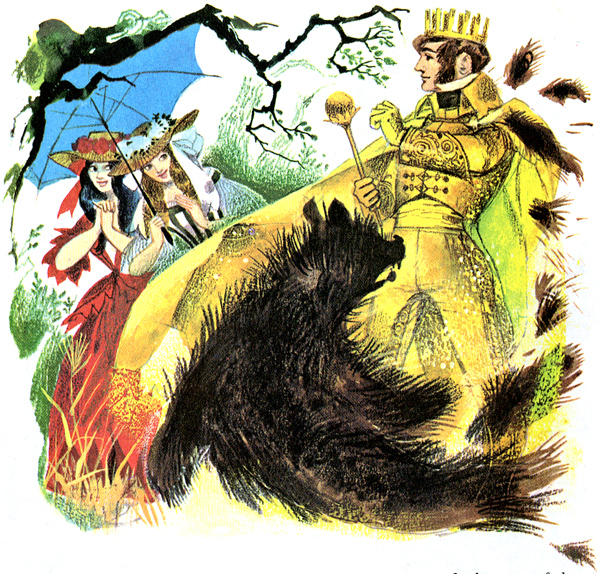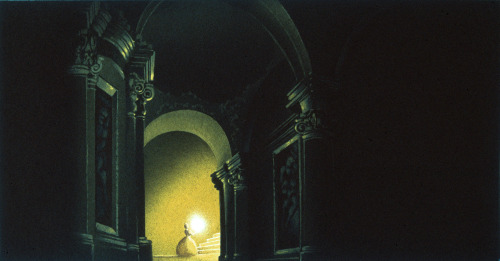
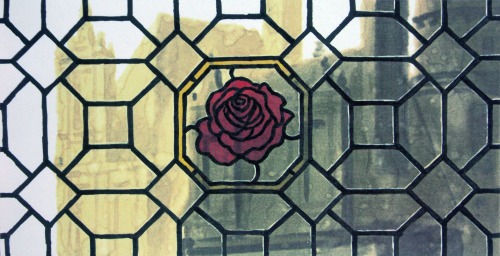
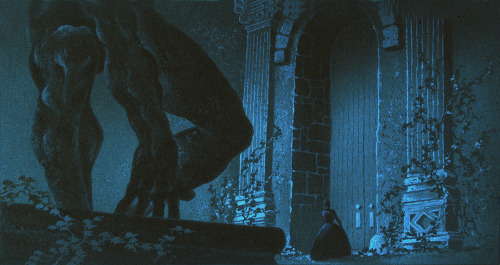
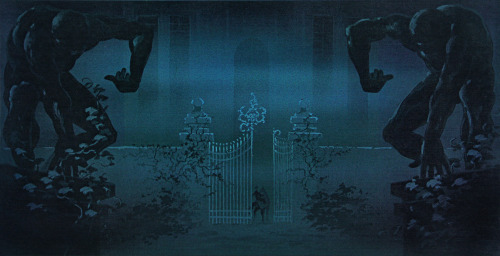
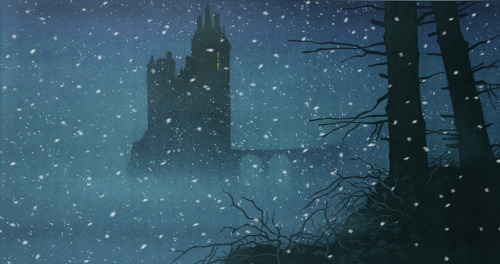
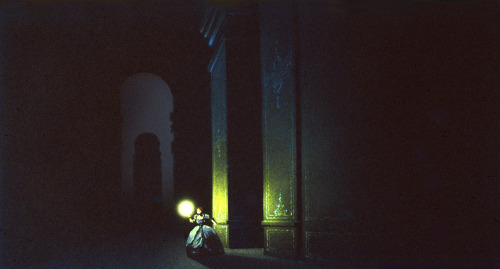
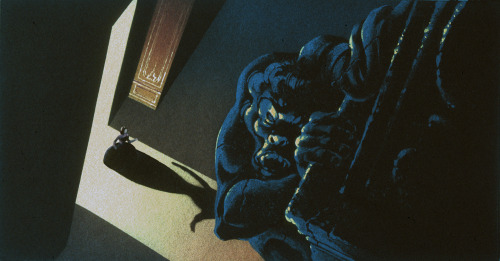
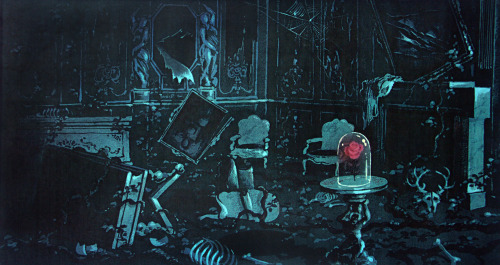
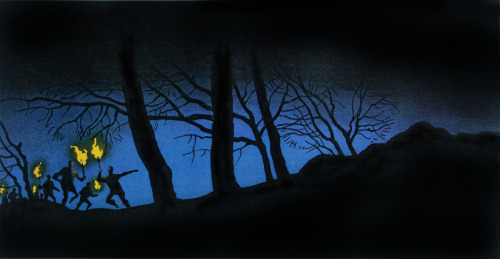
Disney's Beauty and the Beast Concept Art
Source: Mickey and Company
Part 1 and Part 2
Those creepy huge gargoyle statues! And the red rose in the gloomy West Wing! So atmospheric...
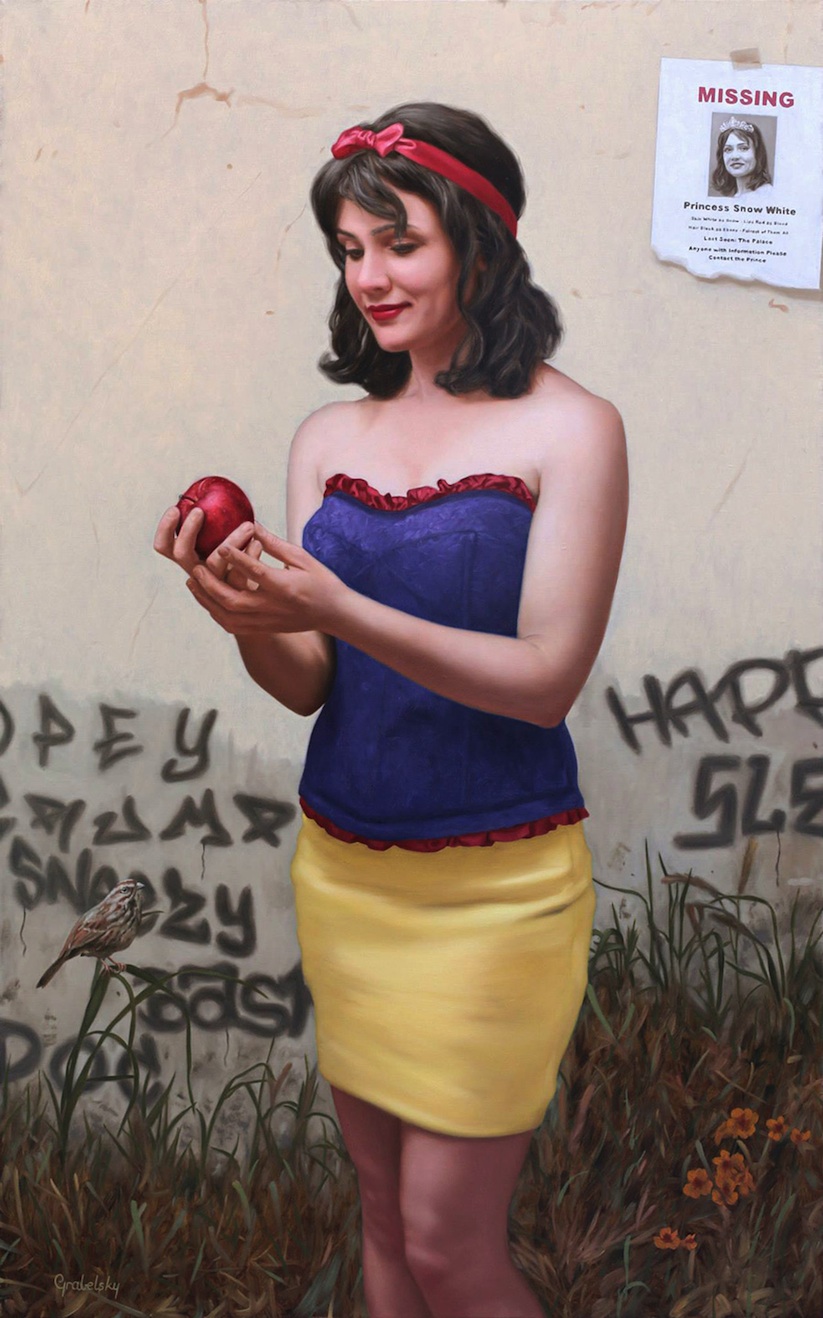
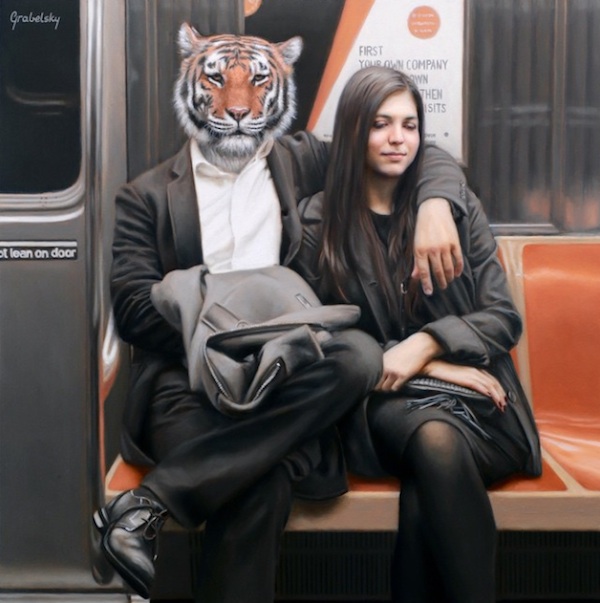
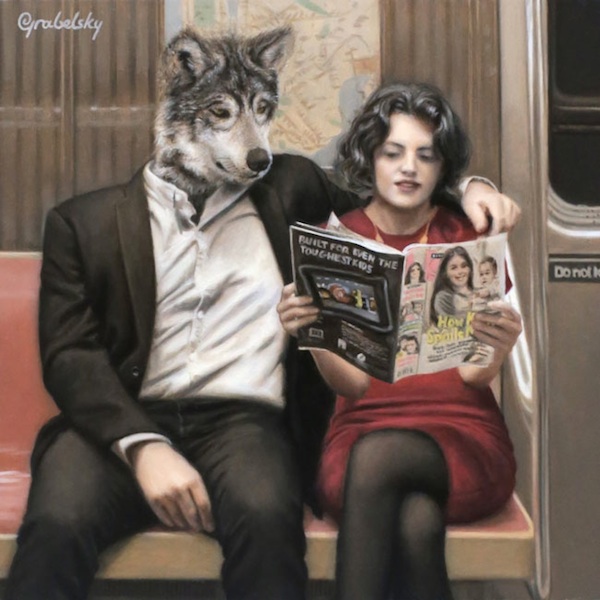
 I find the history of mirrors kind of fascinating (nerd alert), but especially because it does have an impact on certain fairy tales and how we look at them-most notably Snow White.
I find the history of mirrors kind of fascinating (nerd alert), but especially because it does have an impact on certain fairy tales and how we look at them-most notably Snow White. The majority of humans in history would have only seen reflections of themselves in smooth surfaces, such as water. It's no surprise that in many versions of Snow White, the evil Queen does not ask a mirror to proclaim the fairest of them all, but other objects of nature, such as the sun or moon, or even an animal such as an eagle or trout. It makes more sense to imagine a woman, in a world in which you could never really see what you look like, to wonder how you compare to the other beautiful women you see, and ask someone else for their opinion. The sun, moon, or eagle would have authority to make a pretty good judgment, for they would see a great number of people as they made their way across the sky (not sure about the trout, but that's not as common).
The majority of humans in history would have only seen reflections of themselves in smooth surfaces, such as water. It's no surprise that in many versions of Snow White, the evil Queen does not ask a mirror to proclaim the fairest of them all, but other objects of nature, such as the sun or moon, or even an animal such as an eagle or trout. It makes more sense to imagine a woman, in a world in which you could never really see what you look like, to wonder how you compare to the other beautiful women you see, and ask someone else for their opinion. The sun, moon, or eagle would have authority to make a pretty good judgment, for they would see a great number of people as they made their way across the sky (not sure about the trout, but that's not as common). In fact, this suspicion of mirrors is reflected (hah!) in Anderson's "Snow Queen," which starts with a mirror that is inhabited by a demon, and distorts the reflections of everything seen in it, so that the beautiful seems vile. The shard that becomes lodged in Kay's eye changes his personality, causing him to be negative and cruel; eventually Gerda's love saves him and her tears wash away the piece of mirror.
In fact, this suspicion of mirrors is reflected (hah!) in Anderson's "Snow Queen," which starts with a mirror that is inhabited by a demon, and distorts the reflections of everything seen in it, so that the beautiful seems vile. The shard that becomes lodged in Kay's eye changes his personality, causing him to be negative and cruel; eventually Gerda's love saves him and her tears wash away the piece of mirror.


 I've even seen it argued that Beauty's request for a rose in the middle of winter means that she is giving her father an impossible request, but in the Villeneuve version it's made clear that her request is made in the summer and her father was simply on a very long journey. ( Yet, in the Italian "Zelinda and the Monster," the request is made in January, and the other sisters' requests were easily found, so it seemed this Beauty was more demanding and less practical).
I've even seen it argued that Beauty's request for a rose in the middle of winter means that she is giving her father an impossible request, but in the Villeneuve version it's made clear that her request is made in the summer and her father was simply on a very long journey. ( Yet, in the Italian "Zelinda and the Monster," the request is made in January, and the other sisters' requests were easily found, so it seemed this Beauty was more demanding and less practical). Such a request, naturally, makes her sister jealous, and later on when the Beast demands their father's life, the sisters bring it back to Beauty, claiming that her request was made only to set herself apart and now put her father's life in danger. Although they're being unfair, given the nature of sibling relationships, I would suspect there was at least a tiny bit of Beauty that found satisfaction in being a "better person" than her sisters...
Such a request, naturally, makes her sister jealous, and later on when the Beast demands their father's life, the sisters bring it back to Beauty, claiming that her request was made only to set herself apart and now put her father's life in danger. Although they're being unfair, given the nature of sibling relationships, I would suspect there was at least a tiny bit of Beauty that found satisfaction in being a "better person" than her sisters... For me as an author, I tried to be very careful in how much description I used. I didn't want to glorify the situation, but I wanted to show the uncomfortable-ness of Aurelia and what was happening to her. It had to be something that we, as the readers, felt - and would carry through the book until the end. As I look back, I know I listened to one song in particular (and it's really odd that I did - which was a Cover of "Earned It.") but didn't do any research in the matter. I took fear and what I would imagine as a terrifying experience for any person in Aurelia's situation. It was uncomfortable to complete, and I know afterwards, I was really unsure of the scene and if I should keep it in. I know rape/incest scenes can really deter readers from a book - but a huge part of the fairy tale of "Allerleirauh" is a Father who desires his daughter, and actively pursues her as a bride. With marriage, sexual consummation and child-bearing is a big factor in an older Royal marriage. I took a lot of inspiration from King Henry VIII (and 'The Tudors') when it came to the King and the Kingdom of Tranen. If you know your history, you'll see similarities.
For me as an author, I tried to be very careful in how much description I used. I didn't want to glorify the situation, but I wanted to show the uncomfortable-ness of Aurelia and what was happening to her. It had to be something that we, as the readers, felt - and would carry through the book until the end. As I look back, I know I listened to one song in particular (and it's really odd that I did - which was a Cover of "Earned It.") but didn't do any research in the matter. I took fear and what I would imagine as a terrifying experience for any person in Aurelia's situation. It was uncomfortable to complete, and I know afterwards, I was really unsure of the scene and if I should keep it in. I know rape/incest scenes can really deter readers from a book - but a huge part of the fairy tale of "Allerleirauh" is a Father who desires his daughter, and actively pursues her as a bride. With marriage, sexual consummation and child-bearing is a big factor in an older Royal marriage. I took a lot of inspiration from King Henry VIII (and 'The Tudors') when it came to the King and the Kingdom of Tranen. If you know your history, you'll see similarities.  CG: I guess what's next for me is to keep writing. I have an idea of a novel I'd like to write, non-fairy tale related though. It's more of a novel based on some things I've gone through as a young adult - love, loosing love, loosing my Father in a sudden heart attack - trying to fight through depression and finding myself. I'd love to tackle another Fairy Tale though. I just need to find a story that I feel passionate enough about, and a new way of telling the fairy tale - in the way I had with "Allerleirauh."
CG: I guess what's next for me is to keep writing. I have an idea of a novel I'd like to write, non-fairy tale related though. It's more of a novel based on some things I've gone through as a young adult - love, loosing love, loosing my Father in a sudden heart attack - trying to fight through depression and finding myself. I'd love to tackle another Fairy Tale though. I just need to find a story that I feel passionate enough about, and a new way of telling the fairy tale - in the way I had with "Allerleirauh." 
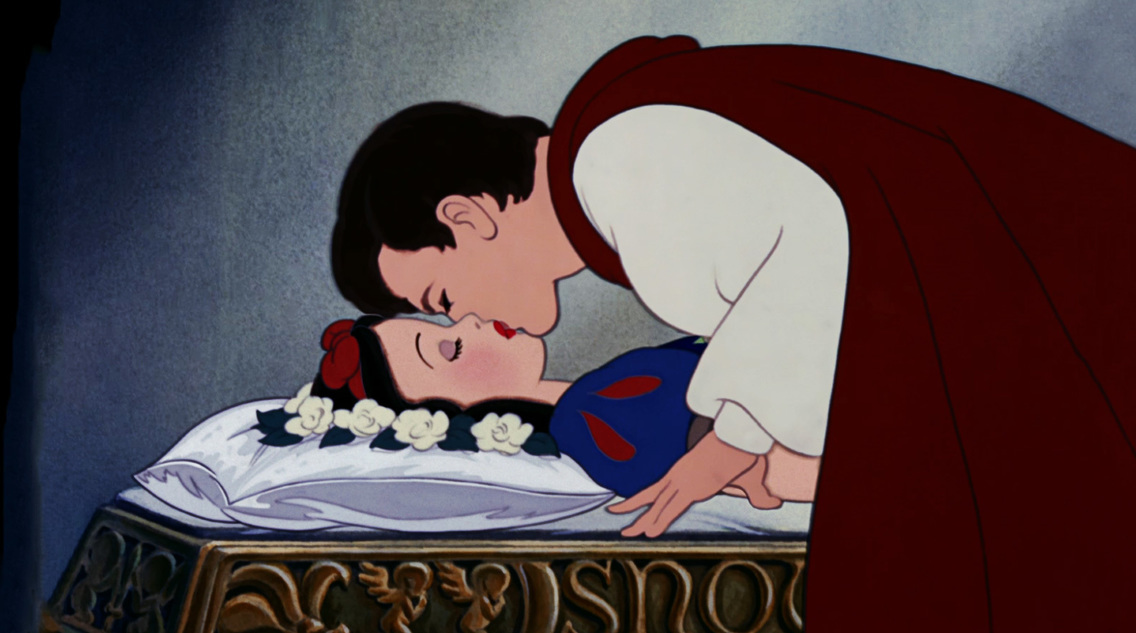
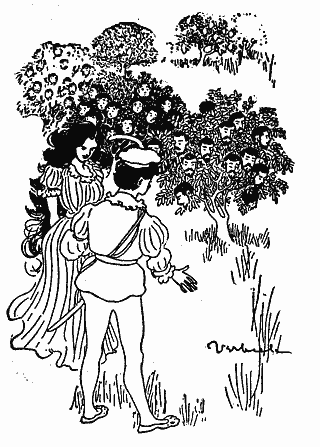 Another interesting tale for comparison is "The Snow, the Crow, and the Blood." Though it is more similar to Twelve Dancing Princesses than Snow White, it starts off with the motif of a Prince who sees the color combination of white, black, and red and decides he must have a bride of that coloring. Later in that tale, the enchanted princess shows the hero a rosebush-there were three hundred and sixty five rose bushes; all of them had a victim's head as the flower except one, and the Princess told Jack she hoped to have his head on the last rosebush.
Another interesting tale for comparison is "The Snow, the Crow, and the Blood." Though it is more similar to Twelve Dancing Princesses than Snow White, it starts off with the motif of a Prince who sees the color combination of white, black, and red and decides he must have a bride of that coloring. Later in that tale, the enchanted princess shows the hero a rosebush-there were three hundred and sixty five rose bushes; all of them had a victim's head as the flower except one, and the Princess told Jack she hoped to have his head on the last rosebush.

















